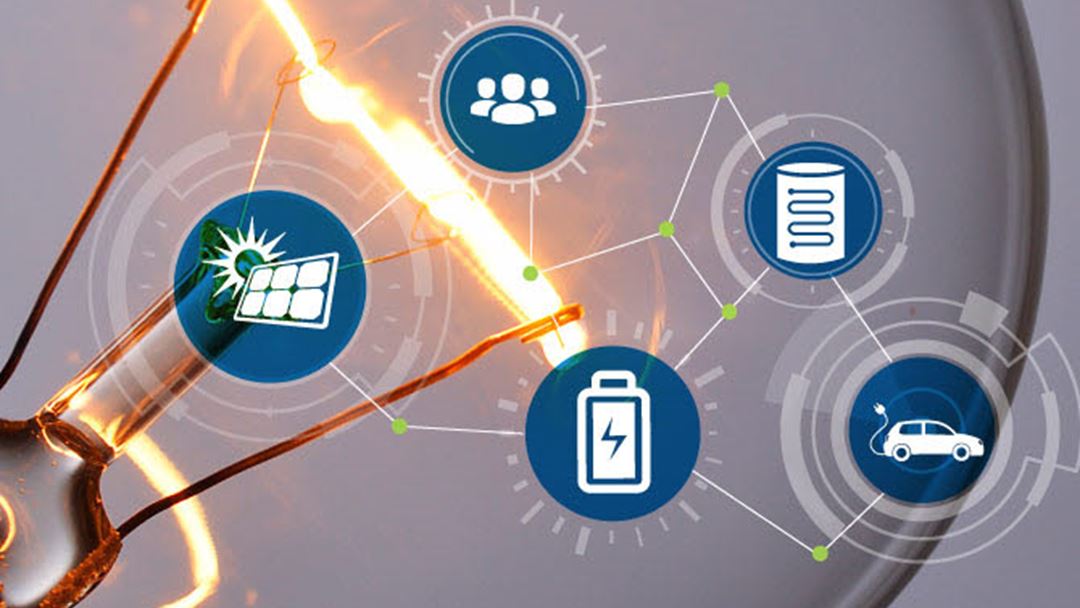Customer values and societal aspects of flexibility
Results:
- Just Flexibility? The Envisioned Role of End Users in Future Electricity Systems
- Orchestrating households as collectives of participation in the distributed energy transition
- Potential for household flexibility
- Shifting patterns – The patterned enactments of flexible electricity consumption in and by households
Flexible resources in the power system
CINELDI's Knowledge base
In the energy transition of society, the private grid customers play a central role. With the digitalization of infrastructure critical to society, such as installing smart meters in all private homes, the relationship between the end-user and other stakeholders has the potential to be fundamentally changed. Due to this, critical sociological studies are important for understanding how we can transition the distribution grid to an active and intelligent one, while avoiding reenforcing socioeconomical inequality [1].
To change power consumption patterns of households, the current consumption patterns must be understood. In fact, the peak load demand is increasing, and knowledge of the household customers' willingness to change consumption behaviour was investigated. Consumers claim their willingness to manually schedule appliances away from peak load periods [2]. However, price elasticity of electricity demand in the Oslo metropolitan area was investigated [3] and concluded that price elasticity in the studied period was very limited and, importantly, did not contribute to lower peak demand. Private charging of electric vehicles (EVs) has a large flexibility potential, since smart charging devices can shift the EV charging load with limited inconvenience for the user. The users' motivations go further than economic incentives, such as fire safety, joy of using smart home technology and other practical benefits [4]. How to enable the flexibility potential of households is still an active area of research. An alternative approach is automated demand-side management, which requires trust or a so-called "social license" to automate [5].
Reference [6] used the term "locked-in" flexibility to describe how potentially vulnerable groups such as the elderly or students can be "locked" into patterns of past electricity consumption because of aspects related to income level, living conditions and traditions. Justice aspects of new systems which reward and punish electricity consumption in terms of how flexible it is, were also investigated [7]. If energy policies are not carefully crafted, they may inadvertently reenforce existing patterns of inequality across society.
Selected publications from CINELDI:
- T. M. Skjølsvold, I. F. Fjellså, and M. Ryghaug, “Det fleksible mennesket 2.0: Om sosiale relasjoner i fremtidens digitale elektrisitetssystem,” Norsk sosiologisk tidsskrift, vol. 3, no. 3, pp. 191–208, Jun. 2019, doi: 10.18261/issn.2535-2512-2019-03-03.
- H. Sæle, “Flexibility potential at Norwegian households - customer evaluations and system benefits,” in 2020 17th International Conference on the European Energy Market (EEM), Sep. 2020, pp. 1–5. doi: 10.1109/EEM49802.2020.9221911.
- M. Hofmann and K. B. Lindberg, “Price elasticity of electricity demand in metropolitan areas – Case of Oslo,” in 2019 16th International Conference on the European Energy Market (EEM), Sep. 2019, pp. 1–6. doi: 10.1109/EEM.2019.8916561.
- I. M. Henriksen, W. Throndsen, M. Ryghaug, and T. M. Skjølsvold, “Electric vehicle charging and end-user motivation for flexibility: a case study from Norway,” Energy, Sustainability and Society, vol. 11, no. 1, p. 44, Nov. 2021, doi: 10.1186/s13705-021-00319-z.
- S. Adams et al., “Social license to automate: A critical review of emerging approaches to electricity demand management,” Energy Research & Social Science, vol. 80, p. 102210, Oct. 2021, doi: 10.1016/j.erss.2021.102210.
- I. F. Fjellså, M. Ryghaug, and T. M. Skjølsvold, “Flexibility poverty: ‘locked-in’ flexibility practices and electricity use among students,” Energy Sources, Part B: Economics, Planning, and Policy, vol. 16, no. 11–12, pp. 1076–1093, Dec. 2021, doi: 10.1080/15567249.2021.1937403.
- I. F. Fjellså, A. Silvast, and T. M. Skjølsvold, “Justice aspects of flexible household electricity consumption in future smart energy systems,” Environmental Innovation and Societal Transitions, vol. 38, pp. 98–109, Mar. 2021, doi: 10.1016/j.eist.2020.11.002.

